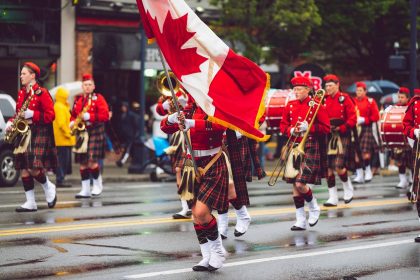Canada‘s immigration system classifies occupations as skilled, semi-skilled or unskilled according to their skill level. The addition of Education, Training, Experience and Responsibilities (TEER) levels expands Canada’s existing job classification into six categories, from TEER 0 to 5, and replaces the previous NOC skill levels (from 0 to D).
High Skilled Occupations (TEER 0.1 to 2)
High-skilled jobs typically require a bachelor’s degree, associate’s degree, or apprenticeship. Regular posts include Management (marketing managers), financial analysts, bankers, lawyers, social workers, government managers, etc Is.
Semi-skilled and low-skilled jobs (TEER 3 and 4)
This includes occupations that typically require secondary education and/or job-specific training as well as on-the-job training occupations. This includes Sales representatives, cashiers, customer service representatives, retail assistants, commercial drivers, electricians, plumbers and carpenters. will be
Unskilled occupations (TEER 5)
Contains Farm and livestock workers, fishermen, whalers, cleaners, general workers and so on. Typically, tasks involve physical labor and repetitive operational processes. Most jobs in this category do not require formal training.
RCO NEWS















